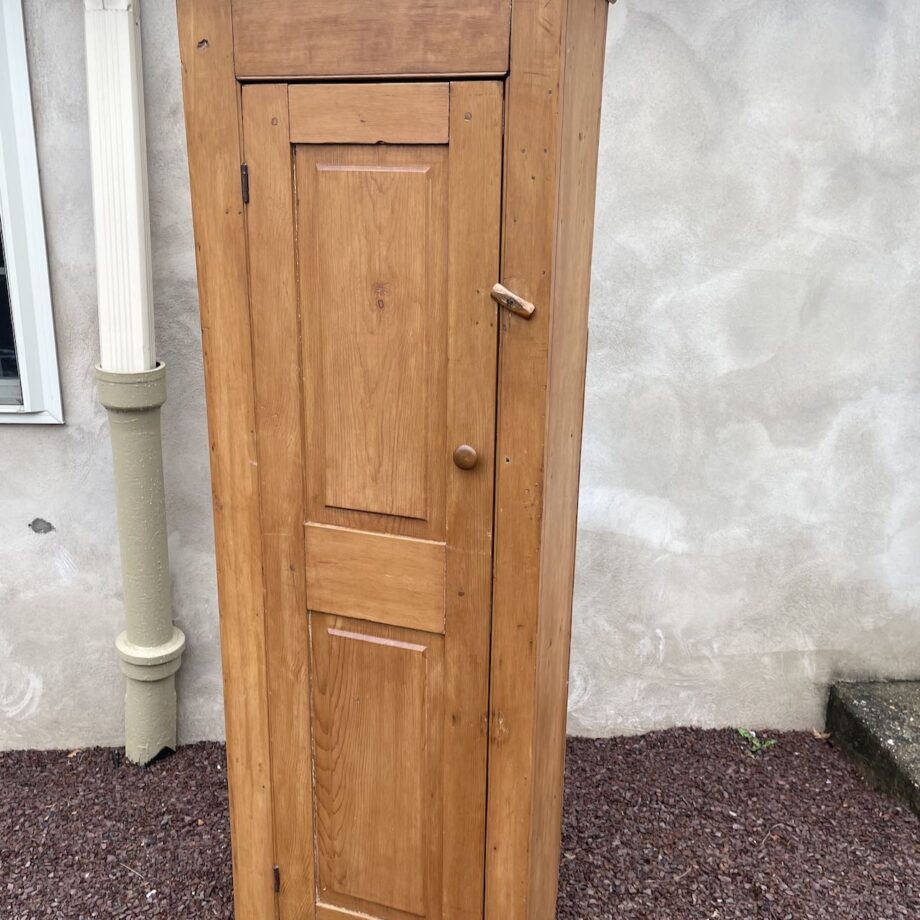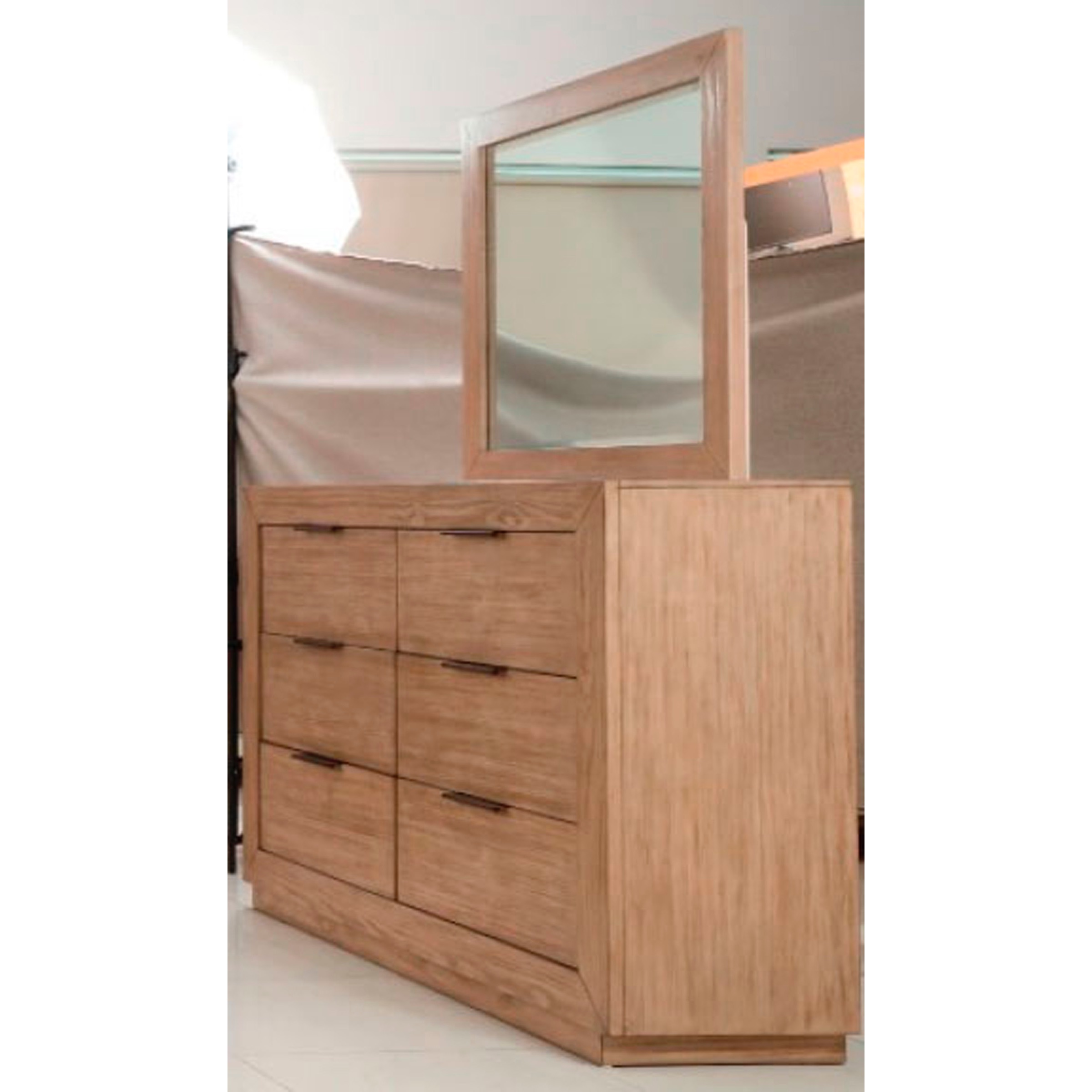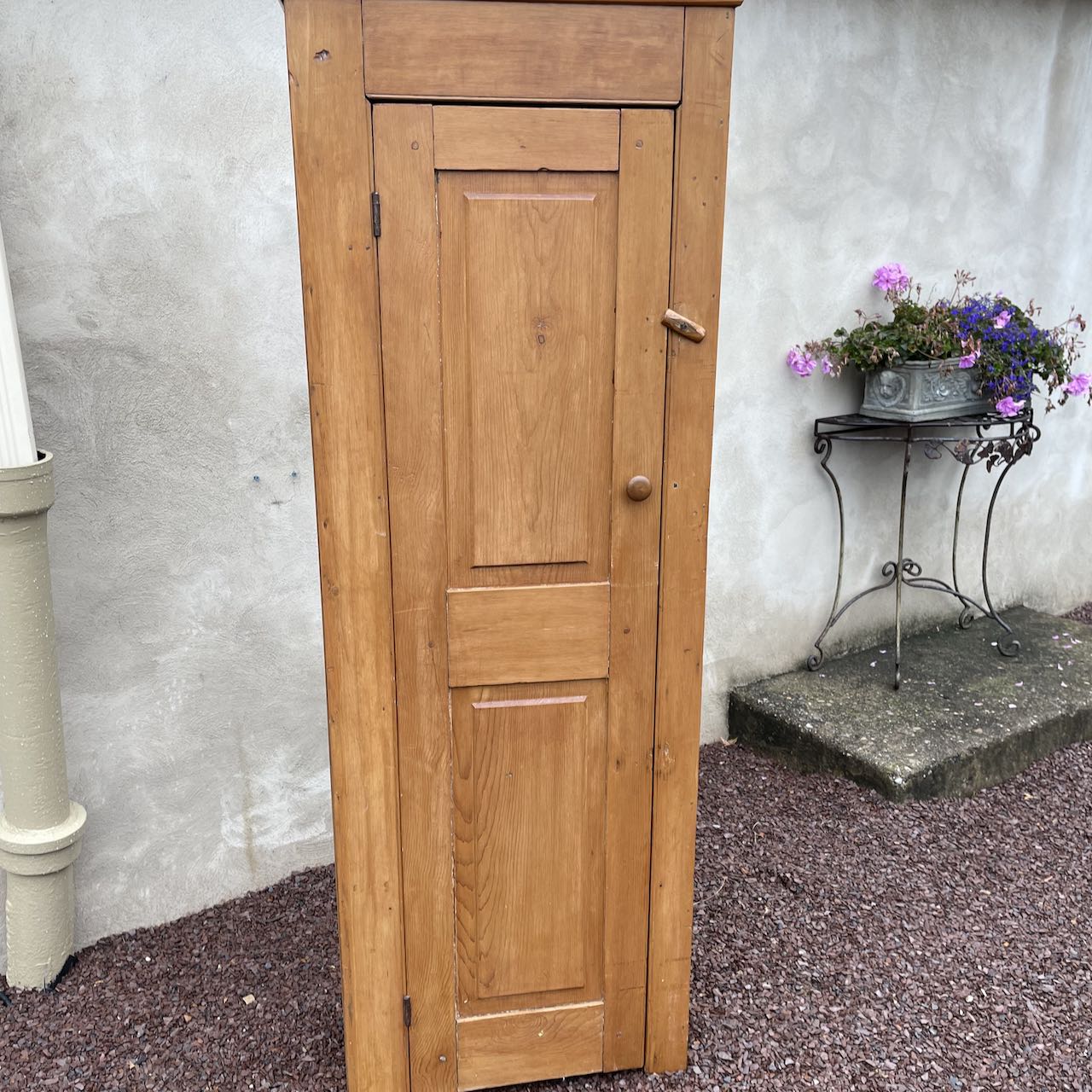History and Origin

Antique pine chimney cabinets, often referred to as “chimney cupboards” or “fireplace cabinets,” are a fascinating glimpse into the past, offering a window into the lives and practices of people who lived centuries ago. These cabinets, typically constructed from sturdy pine wood, were not merely decorative elements; they served practical purposes within historical homes, reflecting the ingenuity and resourcefulness of bygone eras.
Origins and Common Regions of Manufacture
Antique pine chimney cabinets have roots in the 18th and 19th centuries, with their origins intertwined with the development of home design and construction practices. While the exact origins remain somewhat elusive, these cabinets were primarily manufactured in regions where pine wood was readily available. The Northeast United States, particularly New England, stands out as a prominent region for their production.
The abundance of pine forests in these areas provided a readily accessible and affordable material for construction. The craftsmanship of skilled artisans, who honed their skills in woodworking and cabinetmaking, played a crucial role in shaping the unique styles and designs of these cabinets.
Purpose and Function in Historical Homes
These cabinets were not simply decorative pieces; they played a vital role in the functionality of historical homes. The proximity to fireplaces, which were the primary source of heat and light in those times, made these cabinets ideal for storing essential items.
- Storing Firewood: The lower shelves of chimney cabinets were often used to store firewood, keeping it close at hand for the fireplace.
- Storing Cooking Utensils: With kitchens often lacking dedicated storage space, chimney cabinets provided a convenient location to store cooking utensils, pots, and pans, keeping them readily accessible near the hearth.
- Storing Food: The warmth emanating from the fireplace made these cabinets suitable for storing food, particularly during the colder months. This was especially true for items like dried fruits, vegetables, and grains.
- Storing Valuables: Some chimney cabinets featured locked drawers or compartments, providing a secure space for storing valuables like jewelry, important documents, or other treasured items.
Materials and Construction Techniques
Antique pine chimney cabinets were crafted with an emphasis on durability and practicality.
- Pine Wood: The primary material used was pine, a readily available and affordable wood known for its strength and workability. Pine wood also offered a warm, natural aesthetic that complemented the traditional interior designs of the time.
- Hand-Crafted Techniques: These cabinets were typically constructed using traditional hand-crafted techniques, involving skilled woodworking, joinery, and mortise-and-tenon construction. This meticulous craftsmanship ensured the cabinets’ longevity and structural integrity.
- Hardware: The hardware used on these cabinets often reflected the era in which they were made. This included hand-forged hinges, latches, and handles, which added to the rustic charm and historical character of the pieces.
Styles and Designs
Antique pine chimney cabinets exhibit a diverse range of styles and designs, reflecting the evolution of tastes and preferences over time.
- Simple and Functional: Early examples of chimney cabinets tended to be simple and functional, often featuring plain surfaces, basic shelves, and minimal ornamentation.
- Ornate and Decorative: As styles evolved, chimney cabinets became more elaborate, incorporating decorative elements like carved moldings, turned legs, and intricate hardware. This reflected a growing emphasis on aesthetics and craftsmanship.
- Regional Variations: Different regions developed their own distinct styles of chimney cabinets. For example, New England cabinets often featured a more restrained and understated aesthetic, while those from the South might incorporate more elaborate carvings and details.
Features and Characteristics: Antique Pine Chimney Cabinet

Antique pine chimney cabinets are unique pieces of furniture that have a distinct charm and character. Their design reflects the craftsmanship and style of their era, making them highly sought-after by collectors and antique enthusiasts.
Dimensions and Proportions
Antique pine chimney cabinets are typically tall and narrow, with dimensions that vary depending on the age and origin of the piece. They often measure between 60 and 80 inches in height, with a width of 20 to 30 inches. The proportions of these cabinets are designed to fit snugly against a chimney breast, maximizing space and functionality.
Decorative Elements and Craftsmanship
These cabinets are often adorned with intricate decorative elements that enhance their aesthetic appeal. Common features include:
- Turned legs and feet: These legs are often tapered and feature intricate carvings, adding a touch of elegance to the piece. They were sometimes painted or stained in a contrasting color to highlight their design.
- Ornate hardware: The doors and drawers often feature brass or iron hinges, latches, and handles, which add to the cabinet’s rustic charm. These hardware elements were often hand-forged and demonstrate the skilled craftsmanship of the time.
- Moldings and trim: Decorative moldings and trim are frequently found on the cabinet’s doors, sides, and top. These details create visual interest and add to the overall aesthetic of the piece.
- Inlays and marquetry: Some antique pine chimney cabinets feature intricate inlays or marquetry designs, showcasing the artistry of the woodworker. These decorative elements were often made from contrasting wood species, adding visual depth and complexity to the cabinet.
Use of Pine Wood
Pine wood was a popular choice for furniture making in the past due to its durability, affordability, and aesthetic qualities.
- Durability: Pine is a relatively strong and resilient wood, making it suitable for furniture that needs to withstand everyday use. It also has a natural resistance to rot and decay, ensuring that the cabinet will last for generations.
- Aesthetic qualities: Pine has a distinctive grain pattern that adds warmth and character to furniture. Its natural color can range from creamy white to a rich honey brown, and it often develops a patina over time that enhances its beauty. The wood’s natural warmth and soft texture also make it a comfortable material to touch.
Comparison with Other Antique Cabinets
Antique pine chimney cabinets are distinct from other types of antique cabinets in several ways.
- Tall and narrow design: The tall and narrow shape of chimney cabinets is unique, reflecting their intended placement against a chimney breast. This design distinguishes them from other types of cabinets, which are often wider and shallower.
- Rustic charm: The use of pine wood and the simple yet elegant design of chimney cabinets contribute to their rustic charm. This aesthetic contrasts with the more ornate and elaborate designs of other types of antique cabinets, such as those made from mahogany or walnut.
- Functionality: Chimney cabinets were often designed with specific functions in mind, such as storing firewood or other household items. This practical focus distinguishes them from other types of antique cabinets, which were often intended for decorative purposes or for displaying collectibles.
Collecting and Appreciation

Antique pine chimney cabinets are more than just furniture; they are captivating time capsules that whisper tales of bygone eras. These sturdy pieces, often adorned with intricate carvings and charming imperfections, have become prized possessions for collectors and enthusiasts alike. Their enduring appeal lies in their rustic charm, historical significance, and the stories they silently tell.
Identifying Authentic Antique Pine Chimney Cabinets
To ensure you’re adding a genuine antique to your collection, it’s essential to learn the art of discerning authentic pieces from clever reproductions. Here’s a guide to help you navigate the world of antique pine chimney cabinets:
- Construction and Materials: Authentic antique pine chimney cabinets were typically constructed using solid, hand-hewn pine, often with dovetail joints and mortise and tenon construction. Look for signs of age, such as natural variations in wood grain, patina, and subtle imperfections. Beware of cabinets made with modern pine or plywood, which may indicate a reproduction.
- Hardware and Finishes: Antique hardware, like hinges, latches, and pulls, should be made of wrought iron or brass and exhibit signs of wear and tear. Original paint finishes, if present, will often have layers of paint built up over time, showcasing the cabinet’s history. Avoid cabinets with new, pristine hardware or perfectly smooth paint finishes.
- Style and Design: Research the different styles of antique pine chimney cabinets, including their typical design elements, such as raised panels, fluted pilasters, and decorative moldings. Look for inconsistencies or features that don’t align with the known style and period of the cabinet. For example, a cabinet with Victorian-era embellishments but claimed to be from the Colonial period is likely a reproduction.
- Provenance: If possible, try to trace the cabinet’s provenance. Documentation, such as old photographs, auction records, or family histories, can provide valuable insights into the piece’s authenticity and history. However, be wary of unverifiable claims or stories.
Factors Influencing Value and Desirability
The value of an antique pine chimney cabinet is determined by a combination of factors, including:
- Age and Rarity: Older cabinets, especially those from the 18th and 19th centuries, are generally more valuable. Rare styles or unique features, like intricate carvings or unusual hardware, can also significantly increase value.
- Condition and Restoration: The condition of the cabinet is crucial. A well-preserved piece with minimal wear and tear will fetch a higher price. However, even restored cabinets can be valuable, but the restoration must be professionally done and documented.
- Origin and History: The cabinet’s origin and historical significance play a role. Pieces with a traceable history, especially those associated with notable individuals or events, are often highly sought after.
- Market Demand: The current market demand for antique pine chimney cabinets can influence their value. Styles and features that are popular with collectors will typically command higher prices.
Caring for and Preserving Antique Pine Chimney Cabinets
These pieces are treasures that deserve proper care and attention. Here’s how to ensure your antique pine chimney cabinet remains a cherished heirloom for generations to come:
- Dust Regularly: Dusting with a soft, dry cloth is essential for removing dirt and grime. Avoid using harsh chemicals or abrasive cleaners that can damage the finish.
- Protect from Direct Sunlight: Prolonged exposure to direct sunlight can cause fading and damage to the wood. Place your cabinet in a location with indirect lighting.
- Maintain a Stable Environment: Extreme temperature fluctuations and humidity can affect the wood’s stability. Maintain a consistent temperature and humidity level in the room where you store your cabinet.
- Avoid Overloading: Avoid placing heavy objects on the shelves or top of the cabinet. This can strain the structure and lead to damage.
- Seek Professional Restoration: If your cabinet requires restoration, consult a qualified antique furniture restorer. They can provide expert care and ensure the piece’s historical integrity is preserved.
Current Market Trends for Antique Pine Chimney Cabinets
The market for antique pine chimney cabinets is dynamic and constantly evolving. Current trends suggest a growing appreciation for these pieces, particularly those with unique features, provenance, and excellent condition.
“In recent years, we’ve seen a surge in interest for antique pine chimney cabinets, especially those with original paint finishes and documented histories. Collectors are willing to pay a premium for well-preserved pieces that reflect the craftsmanship and artistry of a bygone era.” – Antique Furniture Expert
Notable Examples of Antique Pine Chimney Cabinets
| Cabinet Name | Estimated Value | Historical Significance | Current Location |
|---|---|---|---|
| The “Hawthorne” Chimney Cabinet | $15,000 – $25,000 | Attributed to a renowned 18th-century cabinetmaker, known for its intricate carvings and original paint finish. | Private Collection, New York City |
| The “Colonial” Chimney Cabinet | $8,000 – $12,000 | A prime example of early American craftsmanship, featuring dovetail joints and hand-forged hardware. | The Museum of Early American Life, Cooperstown, NY |
| The “Lancaster” Chimney Cabinet | $5,000 – $8,000 | A rare example of a 19th-century cabinet with a unique combination of design elements, including fluted pilasters and raised panels. | The American Antiquarian Society, Worcester, MA |
Yo, that antique pine chimney cabinet is totally fire, like, old school vibes, ya know? But if you’re lookin’ for some modern storage solutions for your kicks, check out the shoe cabinet baxton studio – it’s got style and keeps your sneakers organized.
I bet that chimney cabinet could hold some serious heat too, maybe some vintage kicks for a sick display.
Yo, that antique pine chimney cabinet is straight fire, man. It’s like a time capsule from back in the day, totally vintage vibes. Imagine chillin’ in Queenstown with your crew, staying in a queenstown 2 bedroom accommodation , and then bringing back some cool souvenirs to put in that cabinet.
It’d be like a piece of history right in your crib.
